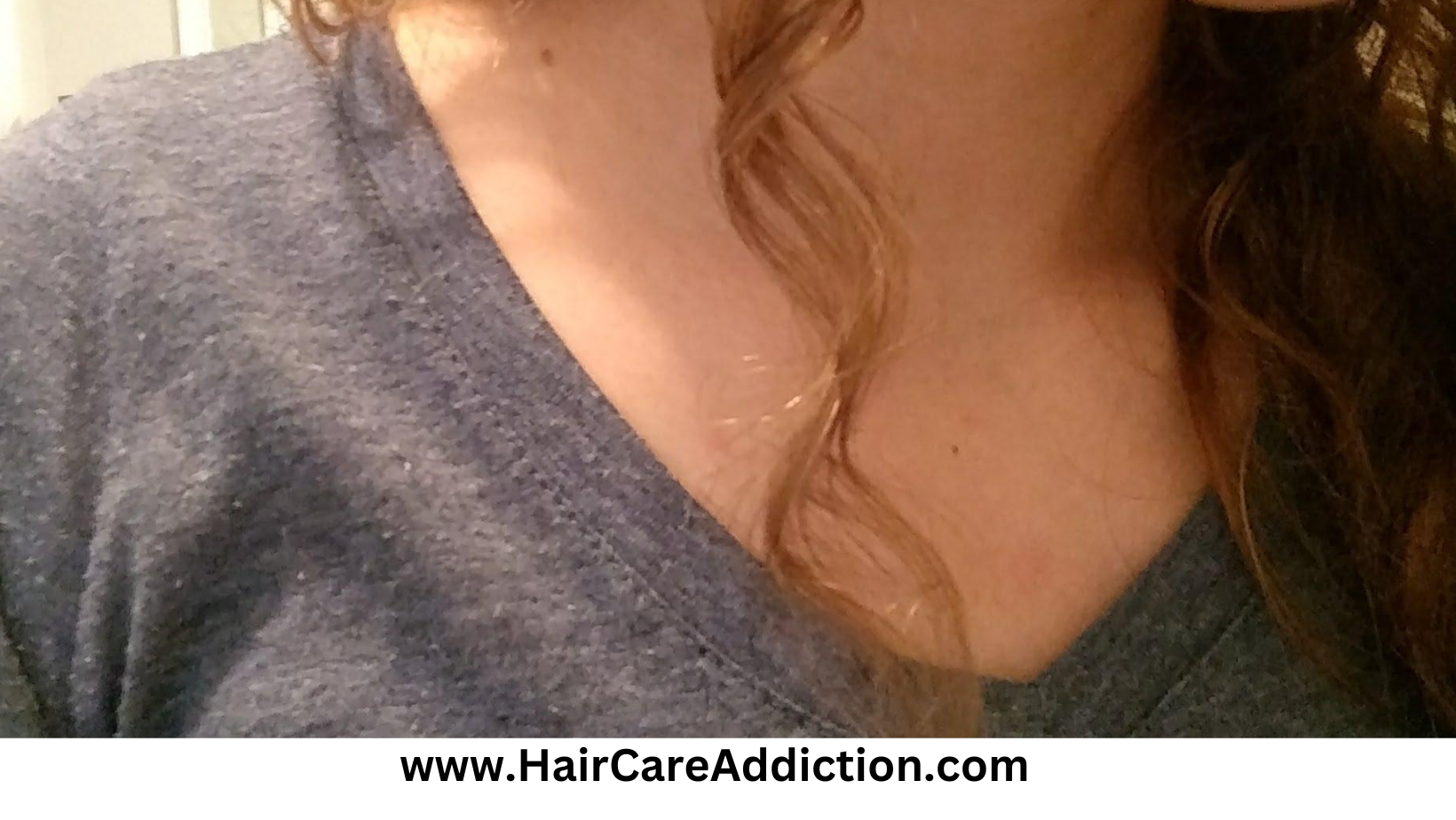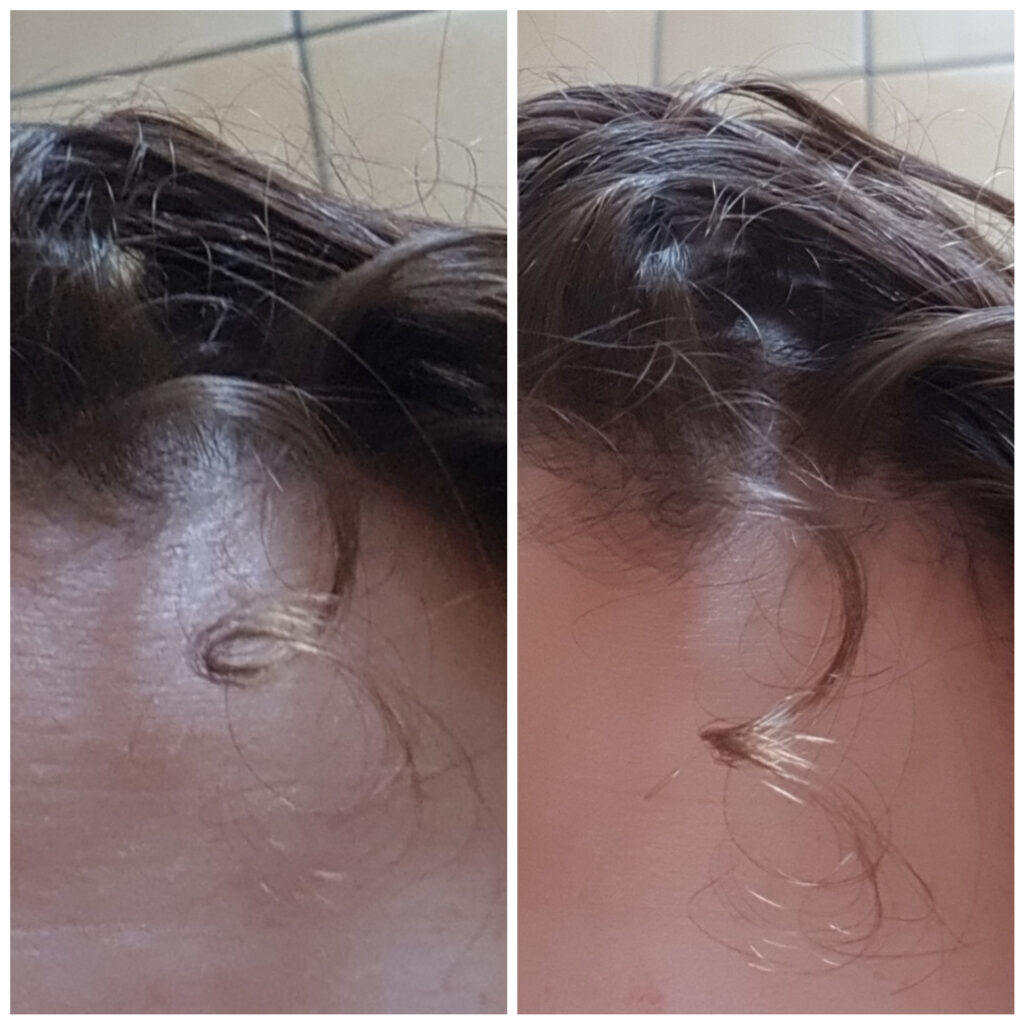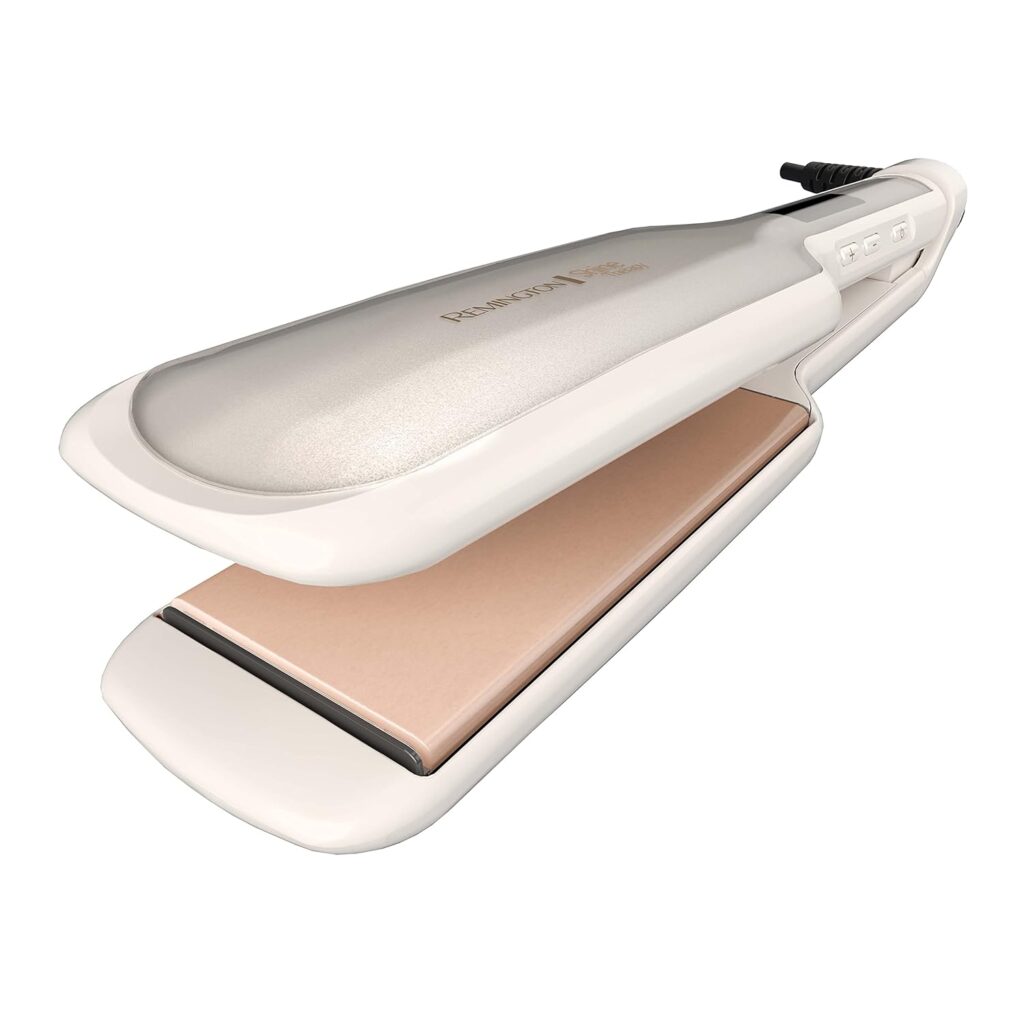Why Do I Have One Strand of Curly Hair?

Have you ever noticed that one of your hair strands is curly while the rest are straight? It might seem a bit puzzling, but don’t worry, it’s quite common.
In this article, we’ll explore why this happens and what causes that one strand of curly hair to stand out. So, let’s unravel the mystery of your unique hair.
Why Do I Have One Strand of Curly Hair?

The presence of a single strand of curly hair among straight hair can be attributed to a combination of genetics, hair growth patterns, and external factors such as humidity or hair care practices.
Hair texture is primarily determined by the shape of the hair follicle, which is influenced by your genes.
However, even with a genetic predisposition for a certain hair texture, individual hair strands can sometimes exhibit different characteristics due to a variety of factors.
What to do with one strand of curly hair
If you have one strand of curly hair that stands out from the rest of your hair, you can choose to embrace its unique appearance or attempt to style it to blend with the surrounding hair.
If you prefer a more uniform look, you can use hair care products and styling tools to straighten the curly strand or use hair accessories to keep it in place.
HCA Recommended Hair Straightener/Flat Iron

What causes mixed hair textures (curly and straight)?
Mixed hair textures can result from a variety of factors, including genetics, hormones, hair care practices, and environmental factors such as humidity.
Some people may have a combination of hair types due to different genes influencing the shape of their hair follicles, while others may experience changes in hair texture due to hormonal fluctuations, hair damage, or exposure to certain environmental conditions.
Can hormones influence hair texture?
Yes, hormones can influence hair texture. Hormonal fluctuations, particularly during pregnancy or menopause, can cause changes in hair texture, making it curlier, straighter, or more prone to frizz.
This is because hormones can affect the structure of the hair follicle, altering the shape of the hair strand as it grows.
How do genetics play a role in hair texture?
Genetics play a significant role in determining hair texture by influencing the shape of the hair follicle.
People with round hair follicles tend to have straight hair, while those with oval or elliptical follicles have curly or wavy hair.
Genetic variations can sometimes result in mixed hair textures or the presence of a single curly strand among otherwise straight hair.
What factors can cause hair texture to change?
Several factors can cause hair texture to change, including:
- Hormonal fluctuations: Changes in hormone levels during pregnancy, menopause, or other life stages can affect hair texture.
- Hair care practices: Excessive heat styling, chemical treatments, or rough handling can cause hair damage, leading to changes in hair texture.
- Environmental factors: Exposure to humidity or dry air can cause hair to become frizzy or change its natural curl pattern.
- Aging: As we age, the structure of our hair follicles can change, resulting in alterations in hair texture.
How can you manage and style mixed hair textures?
Managing and styling mixed hair textures can be challenging, but the following tips can help:
- Use hair care products designed for your specific hair type to nourish and protect your hair.
- Consider using a leave-in conditioner or hair oil to help tame frizz and maintain a more uniform texture.
- Experiment with different styling tools, such as flat irons, curling wands, or hair rollers, to create a consistent look throughout your hair.
- Be gentle when detangling your hair, using a wide-tooth comb or detangling brush to prevent breakage
- Trim your hair regularly to remove split ends and maintain a healthy appearance.
- Protect your hair from excessive heat and chemical treatments, as these can further damage your hair and contribute to mixed textures.
- Embrace your unique hair texture by experimenting with various hairstyles that showcase both your straight and curly strands.


